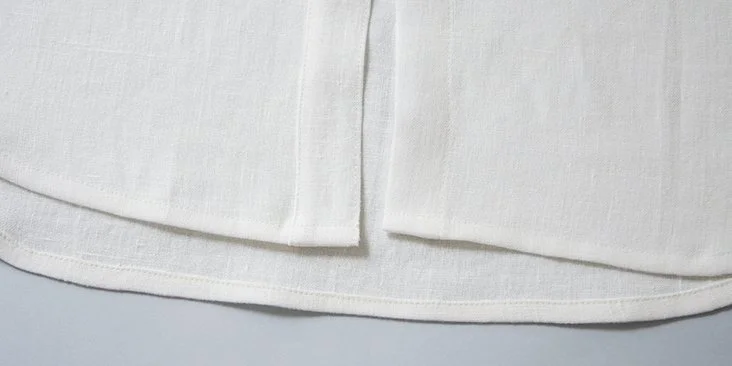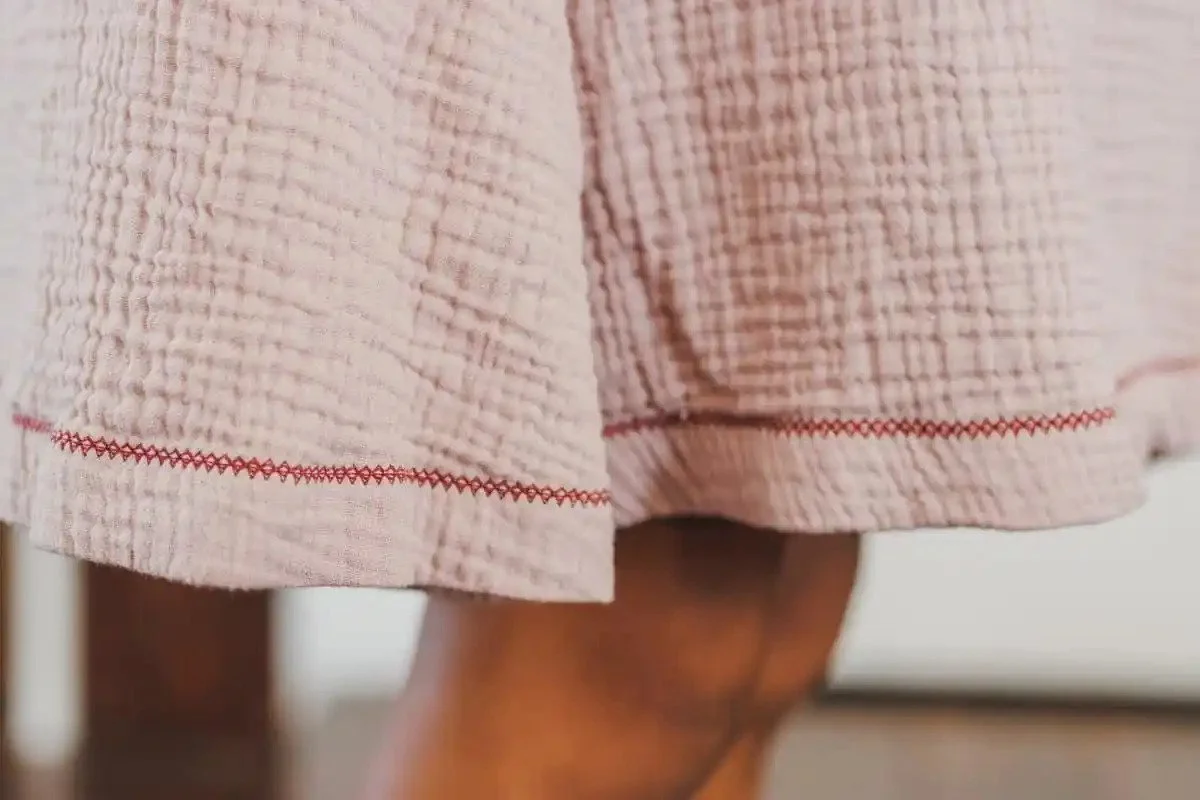The Case for Tailoring
You know that thing in your closet that you like but then every time you reach for it you remember it’s too long/too big/doesn’t fit right? Then you frown and decide either not to wear it, or you wear it and it annoys you all day.
I know you have at least one of these. I also know that you know the solution.
Say it with me, “Take it to the tailor.”
This is one errand that most people really dread and I get why. You already spent time picking the thing out and money buying it. Spending more time and money to make it work is annoying.
Trust me, I get it.
But here’s the truth. There are only two ways to get out of this vicious cycle.
Only buy things that require no tailoring. This isn’t impossible but it will make shopping REALLY time consuming and very frustrating, no matter your body type. This will end up being way more work than tailoring.
OR
Accept that tailoring is part of buying clothes and just do it. Think of it as the exercise of fashion.
Here are three ways to make that second option infinitely easier:
Find a great tailor that’s near your house or somewhere else you go regularly and only go to them. Sticking to one tailor makes the process less daunting by adding predictability and comfort to each interaction. Ask around, someone you know will have a recommendation.
NEVER put an item that needs tailoring in your closet. That’s a guarantee that it won’t get done. Instead, put it in your home’s designated errands area – where you put dry cleaning, returns, outgoing mail, etc. (If you don’t have this, get on it ASAP. Your errands will get done faster, I promise.)
Mentally add $20 to the cost of anything you buy that you’ve tailored before (such as pants if you’re a shorty) and just assume you’re going to do it. If you don’t, that’s a bonus.
Now that you’ve accepted tailoring as part of your life, here are some guidelines on the most common alteration types.
Length
The ease or difficulty of shortening pant hems, skirts, sleeves all depends on what’s on the end of them.
A simple seam, like the one below, will be an easy and quick job.
A more complex or decorative seam can usually still be done but will be more expensive.
Seams with complex patterns and fabrics, especially lace, can require significant reconstruction of the garment such as removing the whole lace panel and reattaching it or removing excess fabric from the opposite end to shorten (can involve a new zipper/elastic/buttons, etc). These alterations aren’t usually worth doing.
Lengthening a garment is sometimes possible, but generally it will be less than an inch and is not usually worth the cost unless it’s a very special piece – family heirloom, vintage, collectible, etc.
If you’re buying something you know you will need to alter, buy it to fit the largest part of your body and alter everything else down.
Gapping
Clothes that are too long in a specific area create a gap between your skin and the garment due to the excess fabric.
I have a short torso, so tank tops often gap at the armpits. Luckily for me, this is usually easy to fix. A tailor can open the shoulder seam, remove a little bit of the fabric and resew it.
This can happen on many other parts of the body. As with shortening, the ease or difficulty depends on the seam type.
Replacements
Button replacements are the most overlooked alteration and something I wish everyone would do more. You can buy buttons online or at any craft store and they’re usually inexpensive. Buttons, especially on a top or jacket, are a focal point and changing them will completely change the garment. Most buttons are sewn on simply and can be replaced easily and cheaply.
Zippers on the other hand, are usually not worth replacing. Color matching the fabric on the side of the zipper to the original one can be really difficult as they’re often dyed with the garments. Depending on where you live, this can cost $70-$100.
The only time I’d really recommend replacing a zipper is for very expensive items. I recently replaced a zipper for the first time in my life because it was on my most expensive handbag. The replacement was $150 but buying a new one would have been 20x more.
Aesthetic Alterations
This is a category most people don’t even think about and I LOVE introducing it to my clients, and now you.
Custom clothes are out of reach for most people but it’s easy to make a ton of customizations to off the rack clothes.
An example:
My client had a silk abstract firework printed top that she wore every year on July 4th. She bought it in the early 2010s and it had a handkerchief hem, like this:
While she loved the fit and pattern of the shirt, the hem made it feel dated. So we chopped it off and gave the top a new life. She continues wearing that shirt on July 4th and likely will for a long time…4ever if you will.
Some other ideas to transform garments with tailoring
Shorten long skirts and dresses from maxi to midi, midi to mini, etc
Shorten pants from long to mid calf, especially wide leg pants
Remove or shorten sleeves
Turn a dress from maxi to high low by shortening the front
Remove embellishments you don’t like
Aesthetic alterations are one of my favorite things to help clients with as they continue to refine their style. Bonus –refreshing existing garments is cheaper and more sustainable than buying new ones.
I hope this rant has helped you accept and understand how and when to tailor. There are truly infinite possibilities but this is a good start if you’re a newbie.
If you take one thing away from this, my BIGGEST piece of advice with alterations is this –
Find a tailor, make them your bestie and consult them before you buy something that doesn’t fit to make sure it’s worth it. Tailors are miracle workers but it just may not be worth $300 to fix a $75 skirt.
(If you’re not in the market for a new bestie, you could go to fashion school to learn all of this yourself. Or ask me since I did.)




